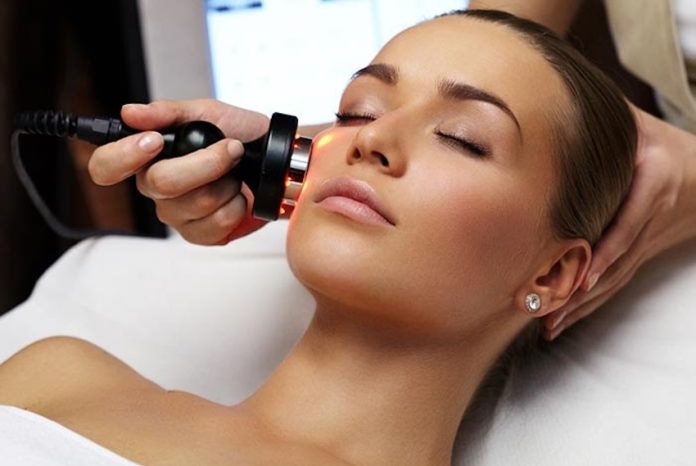Medical tourism in Mexico continues to evolve rapidly — as does its reputation — due to the high standard of doctors, facilities, amenities and significantly reduced costs. In 2022, about 1.2 million people traveled to Mexico for elective medical treatment according to Patients without Borders, and medical tourism is expected to grow significantly throughout 2024. The medical process — from diagnosis to recovery — can be of excellent quality and cost less than 40% of similar treatments in the U.S.
For guidance on selecting a doctor and choosing a laser skin treatment that suits your needs, we’ve spoken to Mexican dermatologist Dr. Daniela Lara Del Valle, founder and CEO of Clínica de la Piel Dermantra in San Miguel de Allende. Her answers have been translated and edited for this article.
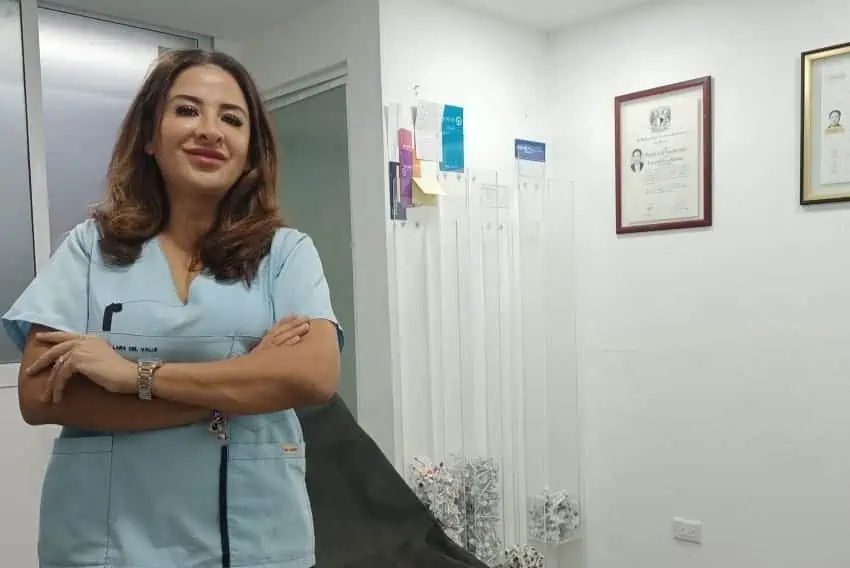
Cosmetic treatments in the United States can be expensive: the average cost of a laser skin resurfacing procedure is US $1,489 according to the latest statistics from the American Society of Plastic Surgeons. So it’s perhaps no surprise that a growing number of US residents are crossing the border into Mexico to seek more affordable laser treatments, saving anything from 35% to 80% on cosmetic treatment, according to Medical Tourism Mexico.
Paying less doesn’t mean you get a lower quality of service. Doctors in Mexico share the same high-quality standards as doctors in the U.S. or any international practice using cutting-edge healthcare technology.
However, as is the case anywhere you receive such treatments, you must ensure your doctor adheres to the highest standards of hygiene and professionalism.
What is laser skin resurfacing?
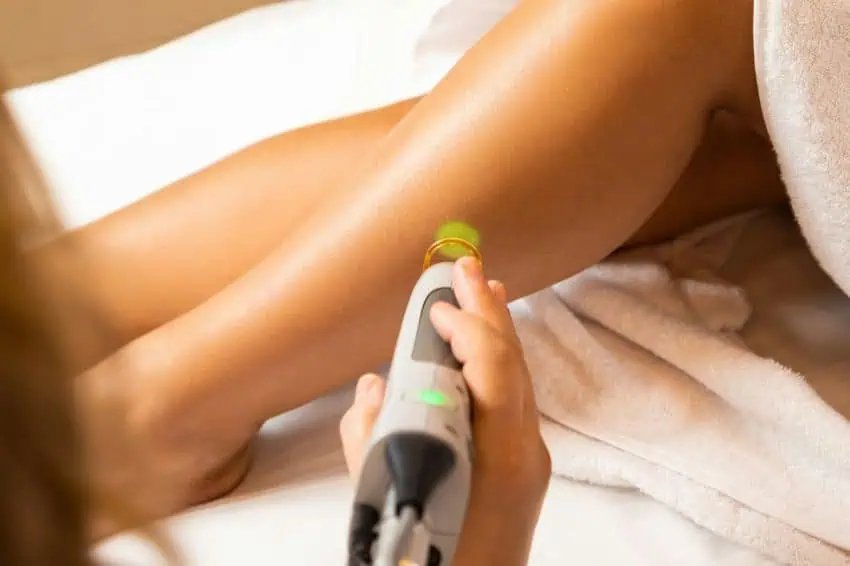
Laser is a form of light energy, used in treating various skin conditions and for aesthetic procedures through the stimulated emission of radiation that vaporizes the outer layers of the skin to promote growth of new collagen fibers.
The letters in the word laser stand for Light Amplification by Stimulated Emission of Radiation.
When do I need a laser skin resurfacing treatment?
A laser procedure provides a better aesthetic result for people with skin imperfections.
Laser treatments are effective at reducing premature signs of skin aging like wrinkles and age spots, scars, rosacea, enlarged pores and melasma. It can also treat spider veins, benign tumors such as freckles or moles and stretch marks, amongst other conditions.
Are there several types of laser resurfacing, or is it the same for every skin type?
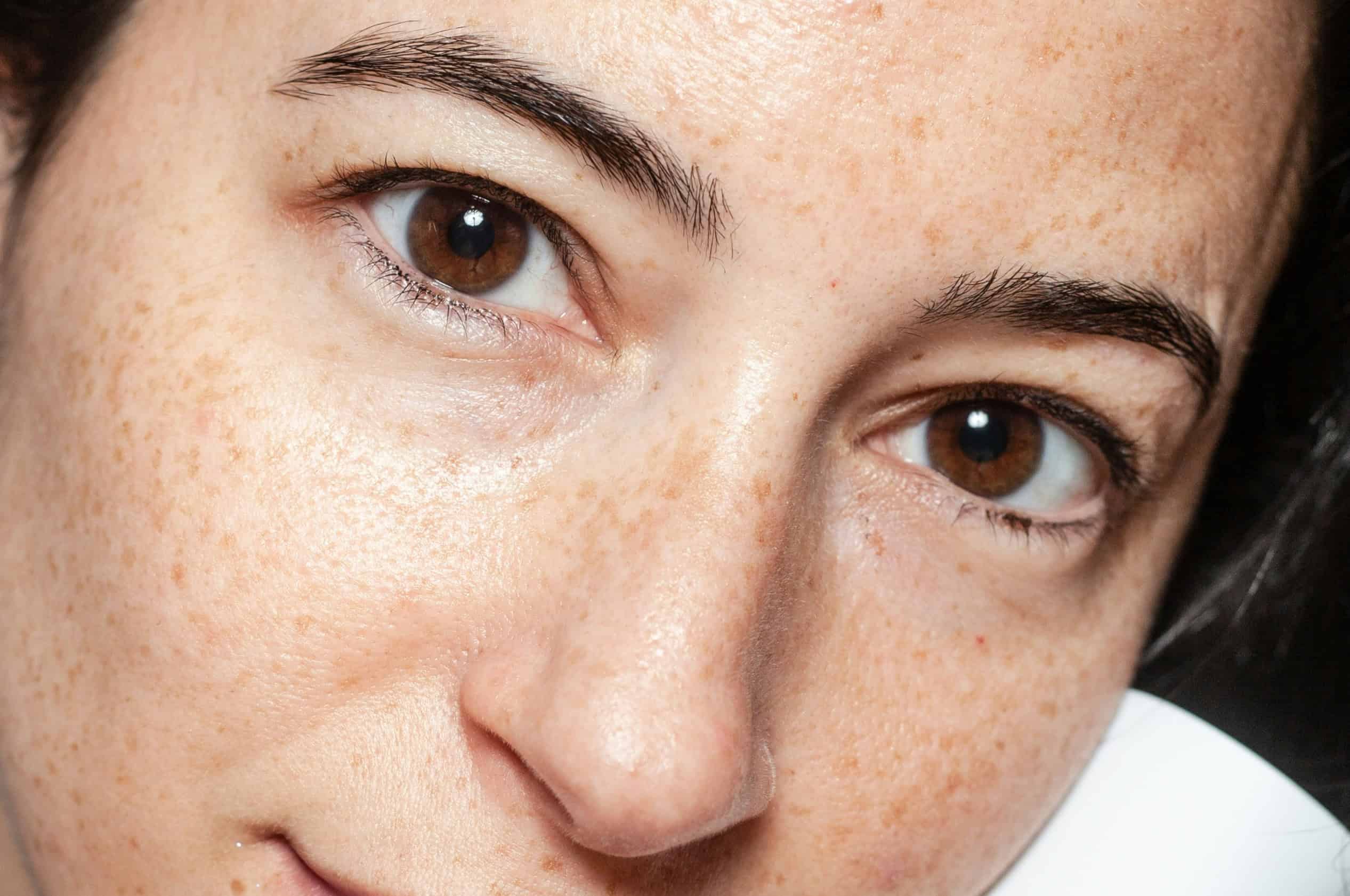
There are two forms of laser resurfacing: those with carbon dioxide (CO2) and erbium lasers, which create a uniform injury on the skin in the affected area. The other form is fractionated CO2 laser treatment, which drills into the skin.
CO2 laser resurfacing
CO2 laser resurfacing treats different benign and malignant skin conditions in addition to wrinkles, scars, moles, warts and other issues. A newer generation of CO2 laser resurfacing uses a single light source to act precisely on the affected areas of the skin.
Erbium laser resurfacing
Erbium laser resurfacing removes superficial and moderately deep lines and wrinkles on the face, hands, neck or chest. This laser causes less swelling, bruising and redness than CO2 lasers, making recovery faster.
Fractional laser resurfacing
This technique drills narrow columns of holes deep into the skin’s layers while leaving the surrounding skin intact. With this treatment, less skin is injured.
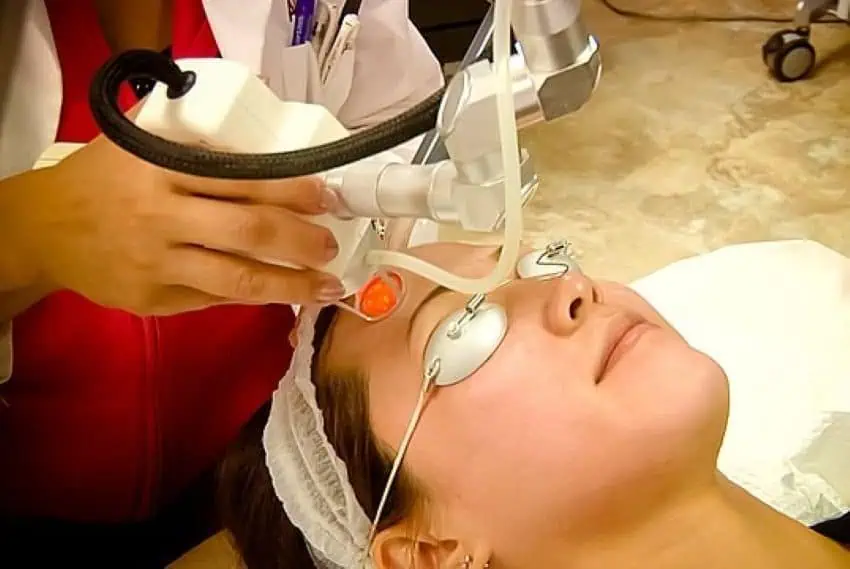
What should my doctor in Mexico evaluate before advising laser resurfacing?
Every patient needs a medical evaluation before being considered a candidate for laser resurfacing.
An ideal candidate will have any of the following conditions:
- Uneven skin pigmentation
- Scars from acne or chicken pox
- Skin scars or birthmarks
- Age spots or liver spots
- Sun-damaged skin
- Nonresponsive skin after a facelift
- Fine lines or wrinkles around or under the eyes, forehead or mouth
- Enlarged pores on the nose.
People with the following conditions are advised against laser resurfacing:
- Active acne
- Very dark skin
- Deep wrinkles
- Excessive or sagging skin
- Keloid or hypertrophic scars
- Herpes
- Autoimmune diseases
- Pregnancy or breastfeeding
- Post-laser sun exposure
Patients should always inform their doctor of any medications they are using, as some might pose risks during the laser treatment.

What are the potential side effects of laser resurfacing in Mexico?
As with any treatment, the side effects of laser resurfacing are the same in every country. The following are only a few of the possible side effects:
- Bacterial, viral or fungal infection.
- Acne due to the use of emollients
- Contact dermatitis
- Hyperpigmentation in phototypes IV to VI
- Hypopigmentation one month after the laser procedure
- Fibrous scar and hyperpigmentation 12 months after the procedure
Your Mexican healthcare provider must warn you of potential stains or pigmentation, blistering or burns.
How many laser sessions will I need?
The sessions required for your treatment are those ordered by your dermatologist. In ablative cases — that is, in the treatment of tumors — one session is enough.
For treatments such as rejuvenation, treatment of spots, tattoos, rosacea, stretch marks and scars — among other cosmetic treatments — your dermatologist will recommend between three to six sessions (depending on your skin type), with intervals ranging between four to six weeks.
What do I need to know to choose a good dermatologist in Mexico?
Choosing a professional dermatologist is essential when undergoing laser resurfacing treatment in Mexico. Here’s some advice:
- Find a specialized dermatological center.
- Verify that the staff is supervised by a certified dermatologist.
- Make sure the equipment is approved by the European Union or the U.S. Food and Drug Administration and by Mexico’s Federal Commission for the Protection Against Health Risks (Cofepris).
It is not advisable to undergo a laser resurfacing treatment in beauty centers that lack a certified dermatologist who can guarantee the treatment’s safety and effectiveness.
Beware of illegal laser devices (generally made in China). These may put the patient at risk of getting skin burns even when handled by an experienced dermatologist.
What do I need to keep in mind after undergoing the procedure in Mexico?
Consider the post-procedure recovery time and the necessary care to avoid complications.
Disclaimer: This article is for informational purposes only and should not be considered legal or medical advice. The writer and Mexico News Daily assumes no responsibility or liability for any errors or omissions in the content on this site. Individuals should always consult with qualified professionals regarding medical procedures, including plastic and/or cosmetic surgery, and medical aesthetic treatments, as well as consider their jurisdiction’s applicable laws and regulations.
Gabriela Solis is a Mexican lawyer turned full-time writer. She was born and raised in Guadalajara and covers business, culture, lifestyle and travel for Mexico News Daily. You can follow her lifestyle blog Dunas y Palmeras.
